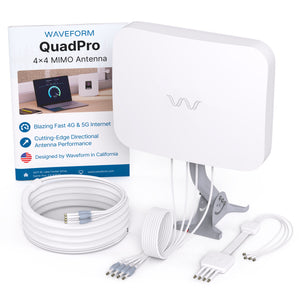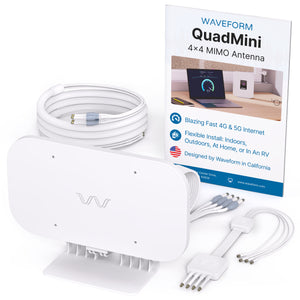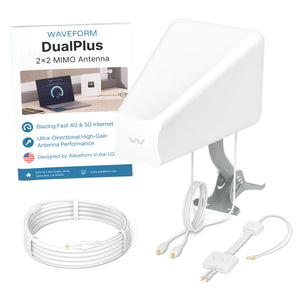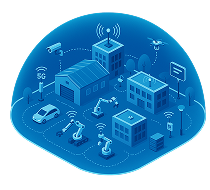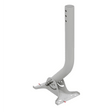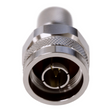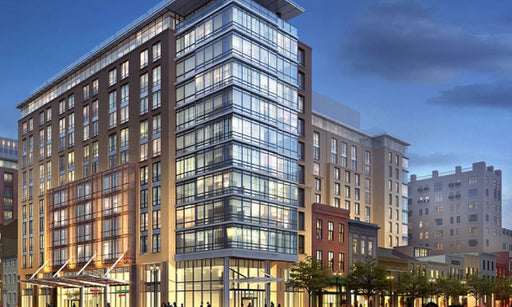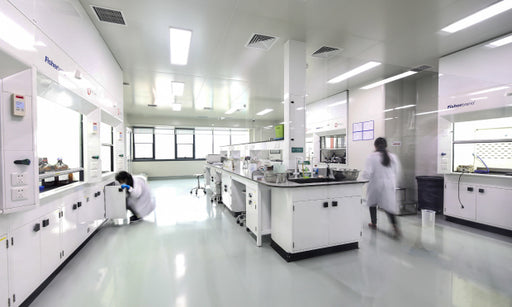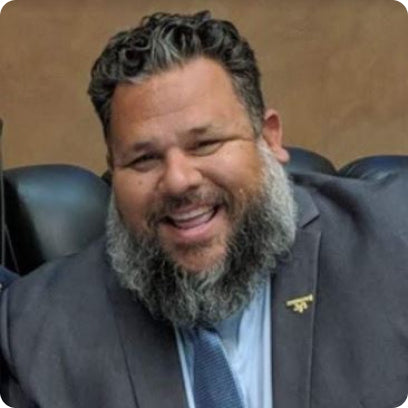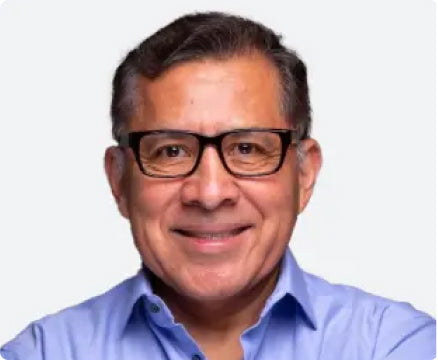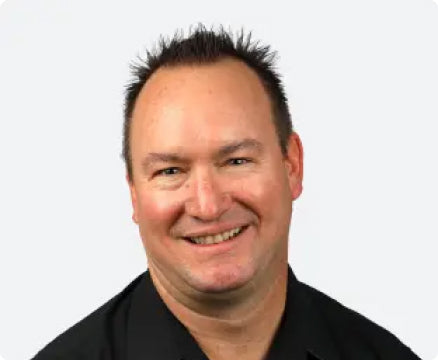What are typical, high-level DAS deployment costs?
The typical cost is $1 to $2.50 per square foot. The exact breakdown will depend on variables like the environment, building materials, and capacity requirements.
Generally speaking, hospitals are more expensive due to a building layout of lots of small rooms, and walls and equipment blocking signal. Airports, stadiums, schools and universities can also be more expensive due to high capacity needs - the more people you expect to need to use your system, the more expensive it will be.
On the other hand, warehouses are typically on the low end because of open spaces and lower capacity needs. In general, larger buildings can have some economies of scale per square foot due to common headend infrastructure.
We have case studies available for many different building types.
Many integrators are learning that advanced planning is key: to avoid issues, the best option is to survey signal as early as possible to identify potential problems.
You may also be interested in our comprehensive guide to every aspect of DAS.
How much do different DAS techonologies cost?
Another factor is the technology utilized:
- Passive DAS is the cheapest option. Passive DAS uses coax cabling and costs usually $0.75 to $1 per square foot. Given the latest technological improvements, it is rarely deployed today.
- Hybrid DAS is a mid-price option. It uses ethernet cables and costs usually $1 to $1.50 per square foot.
- Analog, Active DAS is another more affordable option. It uses coax and fiber cables, and costs usually $1.25 to $2 per square foot. ADRF is one manufacturer offering analog Active DAS solutions.
Digital, Active DAS is the most expensive option. It generally costs $1.50 to $2.50 per square foot. ADRF, Commscope, and Corning all offer digital DAS solutions.
How much do signal sources cost?
In addition to the DAS itself, it's critical to consider the costs of signal sources:
- Off-air signal sources are the cheapest option but the DAS solution will be limited to outdoor signal
- Enterprise small cells are a mid-price option that offer medium capacity
- BTS/eNodeB/gNodeB offers the highest capacity, but also the highest price
Other cost factors
There are a few other key factors that influence DAS pricing:
- Number of Carriers - Supporting multiple carriers like Verizon, AT&T, T-Mobile adds to the cost of components and design complexity.
- Facility Challenges - Issues like concrete construction material that blocks signals increase expenses compared to simpler wood structures. Likewise, needing to work in cooperation with other ongoing construction, or accommodating ongoing building use (like in a hospital) can also add to costs. High ceilings that require the use of ceiling lifts will also add to installation time and cost.
- Aesthetics - Concealed antennas and aesthetic designs require more intensive installation labor.
DAS Maintenance Costs
A final cost to consider is ongoing maintenance. Monitoring plans typically cost around 2-3% of the total system cost per year. A more affordable maintenance option for your business may be OpEx DAS. This amortizes DAS costs as a monthly payment instead of an upfront capital expenditure.
Keep in mind DAS costs are an investment that can pay huge dividends over 5-10 years in terms of improved customer and employee experience. An experienced installer like RSRF can evaluate your needs and budget to design a cost-effective solution tailored for dependable long-term coverage. For a free estimate, contact us to discuss how enhancing connectivity can drive success for your organization.
How much does DAS as a Service Cost?
Costs for DAS-as-a-Service (DASaaS) can vary meaningfully, from as little as 2 cents up to 12 cents per month per square foot.
The cost varies depending on the size, user capacity, building environment, technology, contract length, and signal sources.
Get a no-obligation DAS quote in 24 hours
We have over a decade of experience deploying DAS in buildings of all sizes. Reach out for a fast, no-obligation quote for your building.

As CEO and cofounder of Waveform, Sina has been helping people boost their signal since 2006. He has personally tested and installed hundreds of signal boosters.
He welcomes feedback via Twitter, LinkedIn, or by email to [email protected].



















